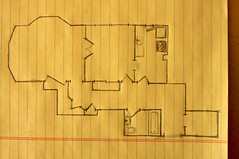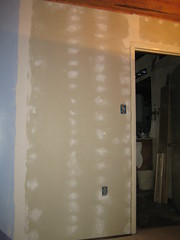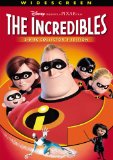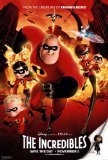As Andrew guessed last week, our next series is on plotting! (I’m mentally referring to this series as “Mwahahaha.” Three ha’s, if you please.)
 Last week, we discussed plotting briefly—but now let’s get into it. What do you want to learn about plotting? Are you a plotter or a pantser? Have you changed “sides”? (I have.) If so, why?
Last week, we discussed plotting briefly—but now let’s get into it. What do you want to learn about plotting? Are you a plotter or a pantser? Have you changed “sides”? (I have.) If so, why?
I used to be a pantser—some romantic notions about a story springing fully formed from my head like Athena from the mind of Zeus, and fears about outlining killing my muse. I would start off with an interesting beginning, a twist or two in mind, and the end goal. I would make up the middle parts as I went along.
And then I got stuck.
For like a month. (That’s a very long time for me, when I’m in the middle of the draft and supposedly letting those unstifled ideas flow.)
I finally got unstuck, but what I made up as I went along ultimately didn’t work. It all had to be rewritten, and should I hope to publish that MS one day, I’m probably going to have to toss most of it and do a whole new plot (with one or two of the same twists and turns, because they made those characters who they were, but other than that, starting from scratch with the characters/situation).
My next project was something I did with one of my best friends. We came up with an idea to write parallel novels with four main characters (a hero and heroine for each of us, with her heroine and my hero as siblings).
Oh, and also it was going to be a murder mystery (on my side; less so on hers, since they couldn’t all be investigating). We had to know who did it, when, and why—what events led up to it, what other characters were involved.
 And since the investigation was part of my story line, I had to plot.
And since the investigation was part of my story line, I had to plot.
To my surprise, instead of killing my muse, plotting fueled it. I got to know the murderer (with a 1st person character freewrite) and his motivations. I searched for the worst possible thing that could happen—and the next, and the next, and the next—and made sure even the good things that happened were timed to my characters’ disadvantage.
I came to love turning the screws.
To me, plotting is your first chance to know your story. You may be like I was, and have an ending and one or two twists in mind, and take off to discover the rest. And there’s joy in discovering the story, finding the characters and their twists and turns.
But when I’m plotting, I get to experience that all at once. I get to discover—engineer—the twists and turns in a matter of hours, to hold the whole story in my mind (which I just can’t do with 100,000 words). As I mentioned last week, when I know what’s coming, I can plant clues, turn those screws to make the coming disasters even worse, or foreshadow. Naturally, I’ll have to go back and tweak all those things, but some of my favorite nuances have come from knowing where I’m going and finding a happy coincidence in the present scene.
I’m hooked.
What about you? To reiterate the original questions: What do you want to learn about plotting? Are you a plotter or a pantser? Have you changed “sides”? If so, why?
Tapping pencil by Tom St. George



 ).
).

 In a romance, it’s “Will the boy win the girl?” In a mystery, it’s “Will they catch the murderer?” (And the answer is supposed to be yes on both of those!)
In a romance, it’s “Will the boy win the girl?” In a mystery, it’s “Will they catch the murderer?” (And the answer is supposed to be yes on both of those!)  A third way is to answer an intermediate question without satisfaction, making another answer (the story question) necessary. Maybe Horatio does with the Nobel Prize (because he passed off Jezebel’s work as his own, let’s say, and she is furious and leaves him and gets a lawyer). But even after he’s won, his life is empty. He misses her annotated love notes, her pocket protector, her obscure jokes. He tracks her down in her Antarctic research station, proclaims his love (and promises to publish the truth about her research).
A third way is to answer an intermediate question without satisfaction, making another answer (the story question) necessary. Maybe Horatio does with the Nobel Prize (because he passed off Jezebel’s work as his own, let’s say, and she is furious and leaves him and gets a lawyer). But even after he’s won, his life is empty. He misses her annotated love notes, her pocket protector, her obscure jokes. He tracks her down in her Antarctic research station, proclaims his love (and promises to publish the truth about her research).

 ).
).


